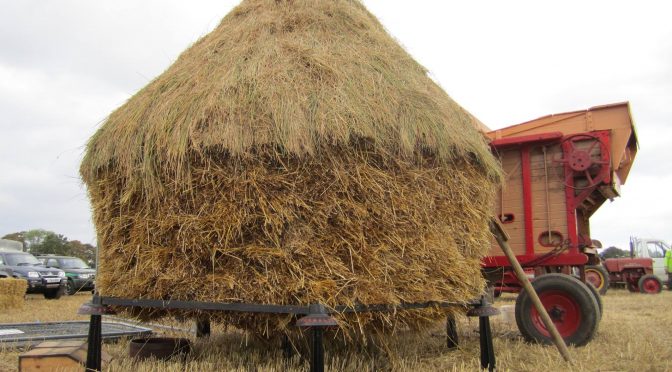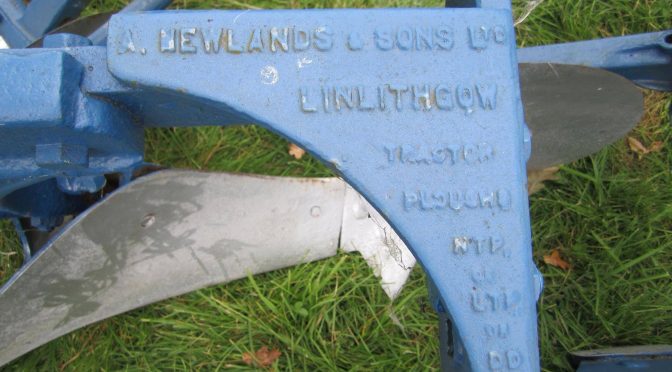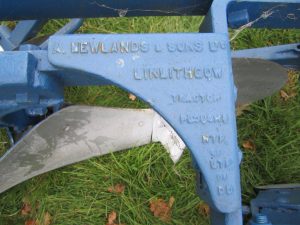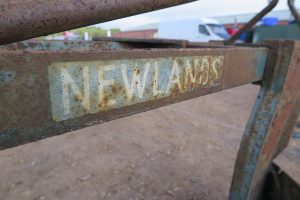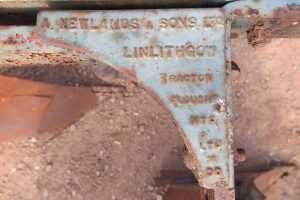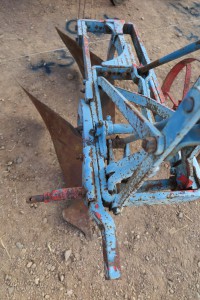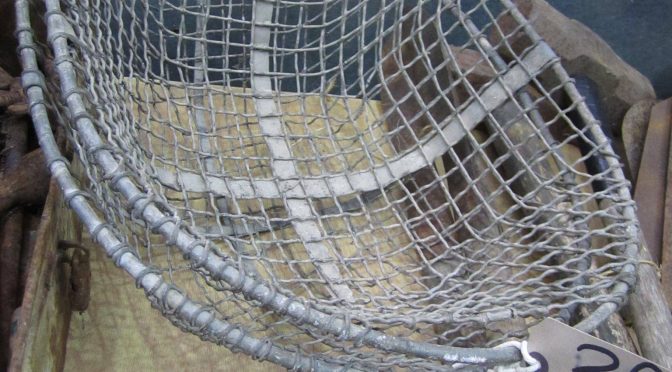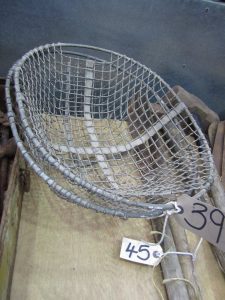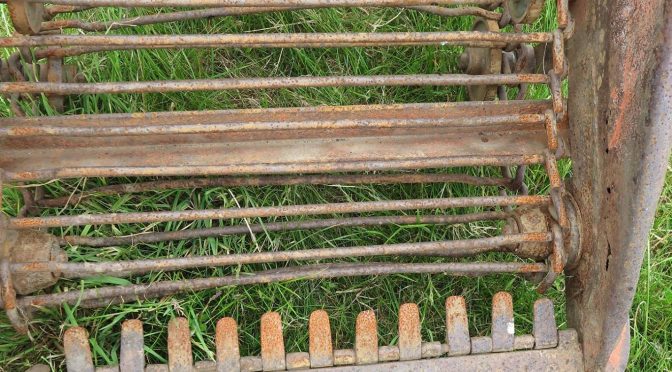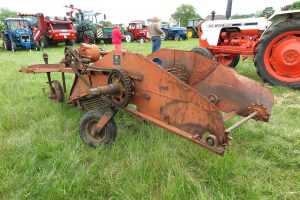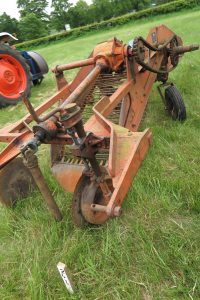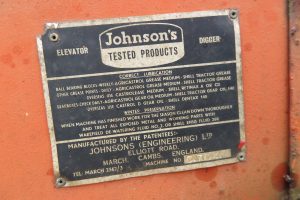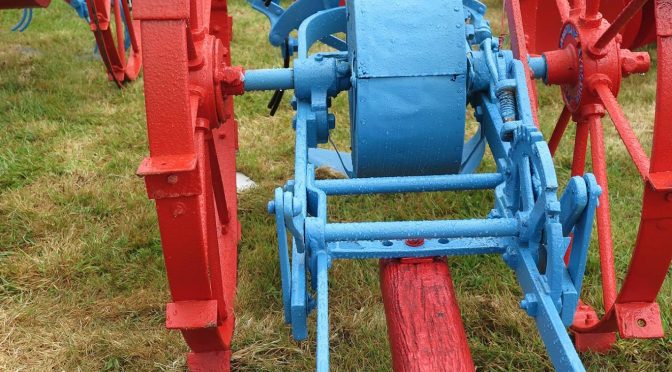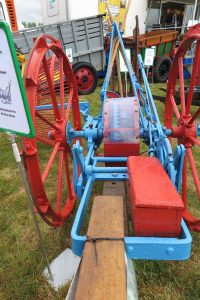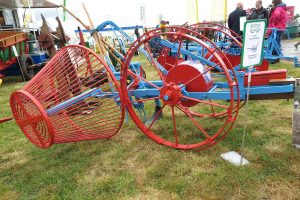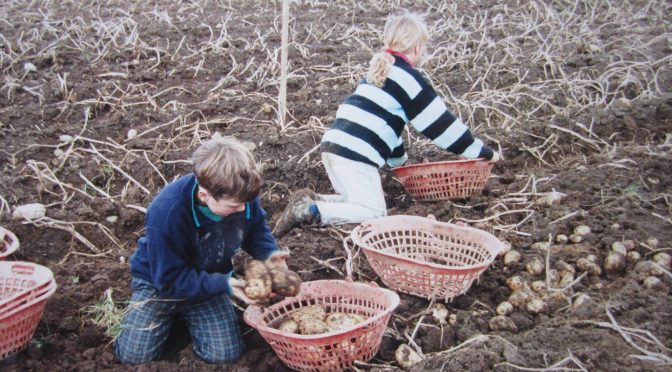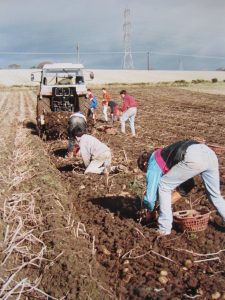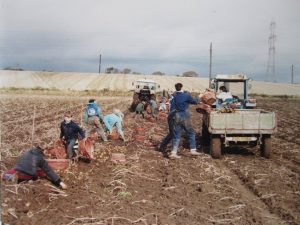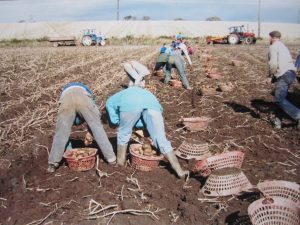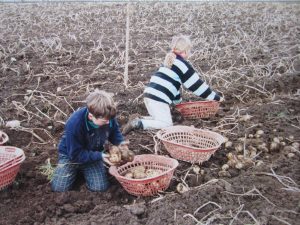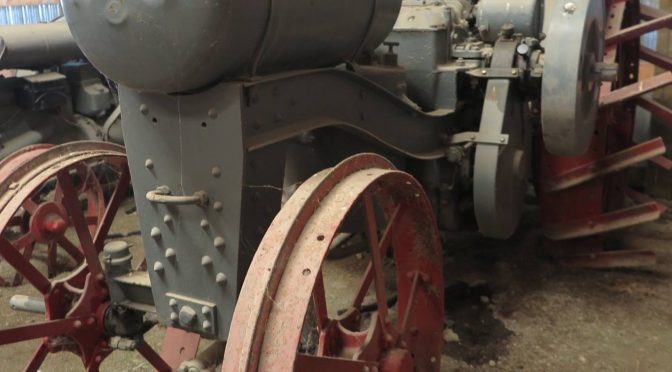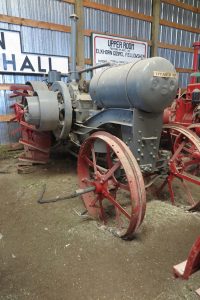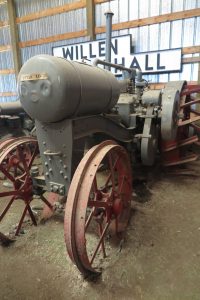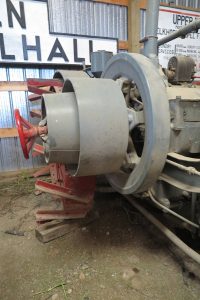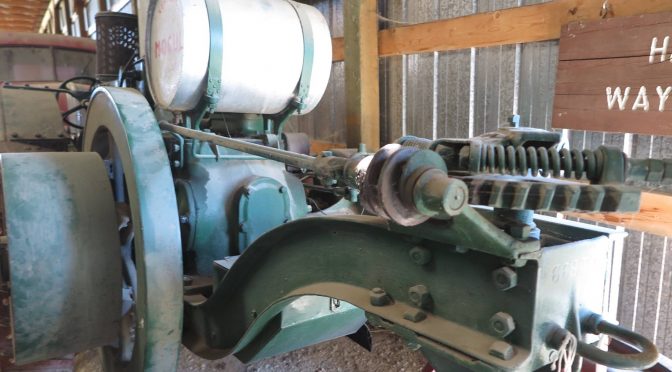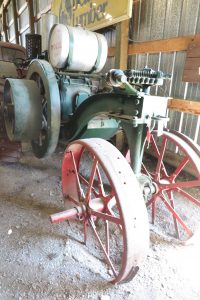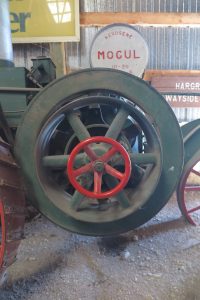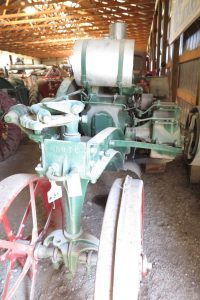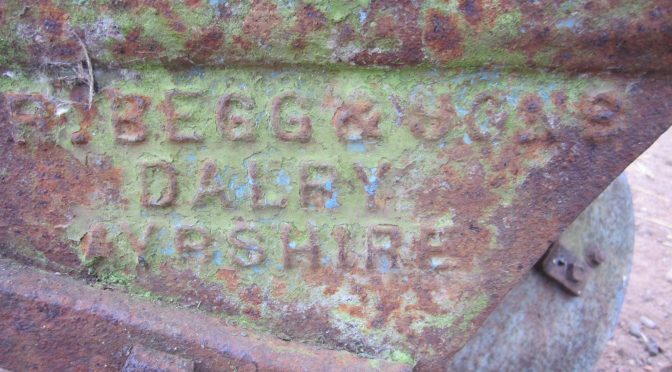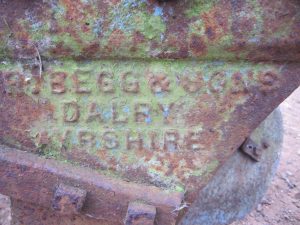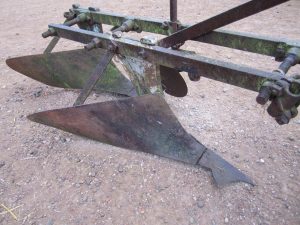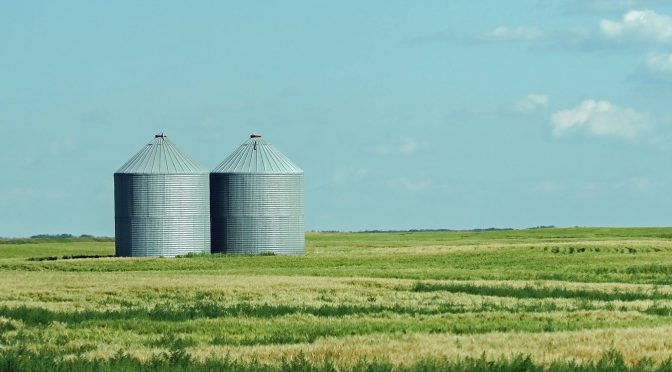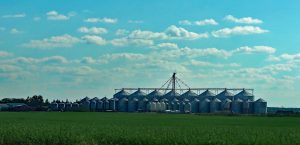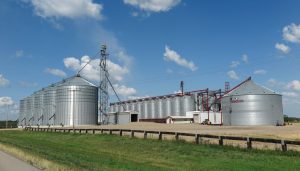Stack pillars were an important feature of the stackyard in Scotland, and also formed an important part of Scottish implement making from at least the 1850s, with some large makers being well-renowned for them.
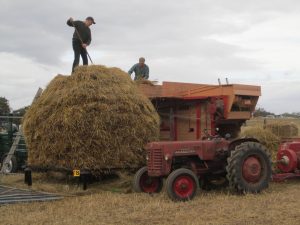 Stack pillars were made from a number of materials, depending on what was available locally. They could be carved from stone, or made at tileworks (which also manufactured troughs for byres and other products). In these cases, they would be linked together by a framework made of wood, or other materials.
Stack pillars were made from a number of materials, depending on what was available locally. They could be carved from stone, or made at tileworks (which also manufactured troughs for byres and other products). In these cases, they would be linked together by a framework made of wood, or other materials.
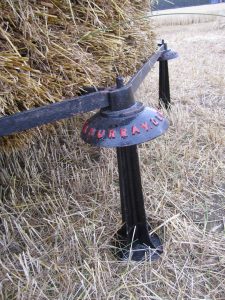 Most frequently, the pillars and their associated framework were made of iron, by local foundries. Some of these foundries were important makers, also manufacturing a range of different designs of pillars and associated framework to meet the needs of farmers, and also regional differences in stack-making.
Most frequently, the pillars and their associated framework were made of iron, by local foundries. Some of these foundries were important makers, also manufacturing a range of different designs of pillars and associated framework to meet the needs of farmers, and also regional differences in stack-making.
Especially noted makers included Charles D. Young and Co., Edinburgh (one of the earliest exhibitors at the Highland Show in 1852), John Robson, Glasgow (from the mid 1850s), Thomas Perry & Son, Glasgow Young, Peddie & Co., Edinburgh and Glasgow (both from the late 1850s). Later ones included Thomas Gibson & Son, Edinburgh, Brownlie & Murray, Glasgow, and A. & J. Main, Edinburgh.
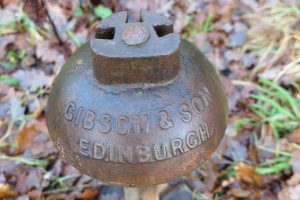 A number of these iron pillar makers were also associated with the making of other iron-work for Scottish farms. For example, Brownlie & Murray, Possil Iron Works, Denmark Street, Glasgow, from the mid 1878s, was also a maker of iron fences, gates, bridges and roofs; the firm later described itself as “structural engineers”. Another maker, Thomas Gibson & Son described their activities as “iron and wire fence, iron gate, and wire netting manufacturers, wire workers, smiths, engineers and agricultural implement makers’ in 1869.
A number of these iron pillar makers were also associated with the making of other iron-work for Scottish farms. For example, Brownlie & Murray, Possil Iron Works, Denmark Street, Glasgow, from the mid 1878s, was also a maker of iron fences, gates, bridges and roofs; the firm later described itself as “structural engineers”. Another maker, Thomas Gibson & Son described their activities as “iron and wire fence, iron gate, and wire netting manufacturers, wire workers, smiths, engineers and agricultural implement makers’ in 1869.
Some farms did not use stack pillars. Instead, they used a round circle of stones and boulders which were raised from the surrounding ground. These remained a fixed feature of the stackyard throughout the year. They, however, still served, to help to keep the bottom sheaves off the ground.
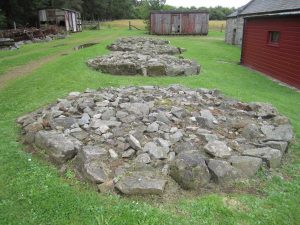 Stack stones were an important part of the stackyard, but one that we rarely see around the vintage rallies today. But they were also part of the heritage of agricultural implement making in Scotland which should also be celebrated.
Stack stones were an important part of the stackyard, but one that we rarely see around the vintage rallies today. But they were also part of the heritage of agricultural implement making in Scotland which should also be celebrated.
The photographs were taken at Strathnairn Farmers Association Vintage Rally and Display, 2014, Highland Folk Museum, Newtonmore, May 2015, Aberdeenshire Farming Museum, August 2014, National Tractor Show, Lanark, 2014, and Brahan Estate, Ross-shire, December 2015.
